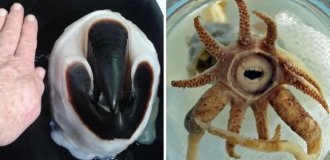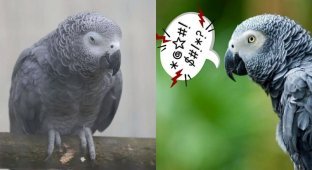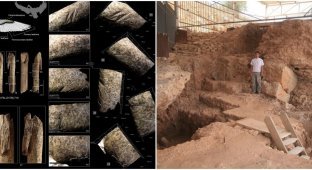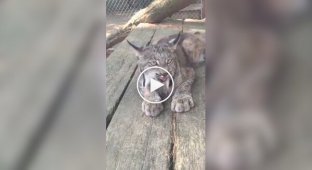How Greenlanders make a business out of funny monsters (5 photos)
If you heard a strange knock on your door at night - uncertain, scraping - you would probably feel uneasy. But if you lived in an old Greenlandic village, you would know for sure: it was a tupilak. His movements were awkward, broken, and the sound he made when knocking was not like that of an ordinary person. 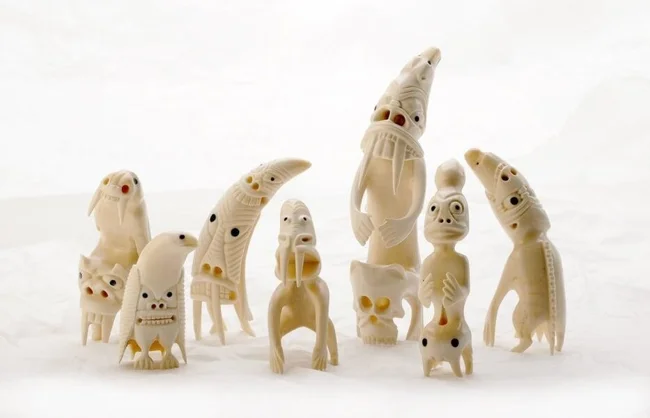
Tupilaks are small monsters from Greenland. Translated from the Greenlandic language, the word tupilak means "spirit" or "spirit of the dead." However, in traditional beliefs, this is not just a spirit, but an instrument of witchcraft revenge.
How and why tupilaks are made 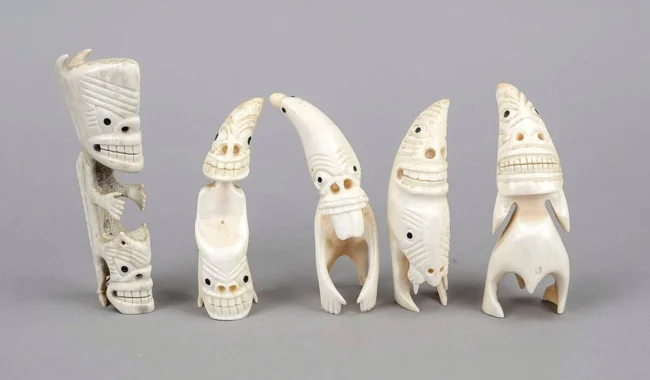
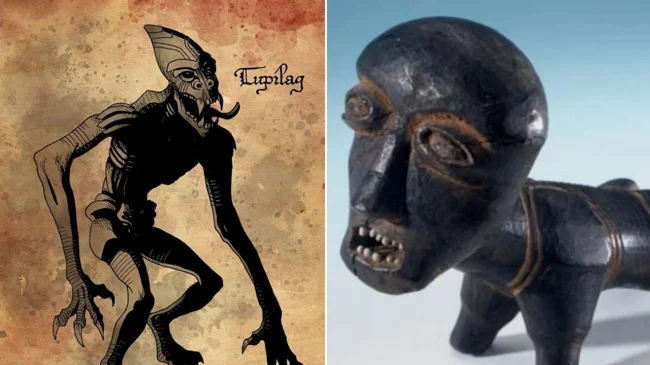
Tupilaks
According to legend, an Inuit shaman (angakok) could create a tupilaks if he wanted to take revenge on an enemy. To do this, he collected body parts of various animals and sewed them together.
He took a seal so that the tupilak could swim quickly, a caribou deer so that it could run quickly, bird feathers so that it could fly high, and bear fangs so that it could tear its victim to pieces.
To strengthen the tupilak, the shaman could take a part of the body of a killed person so that the black soul of the tupilak would burn with hatred and a desire for revenge. 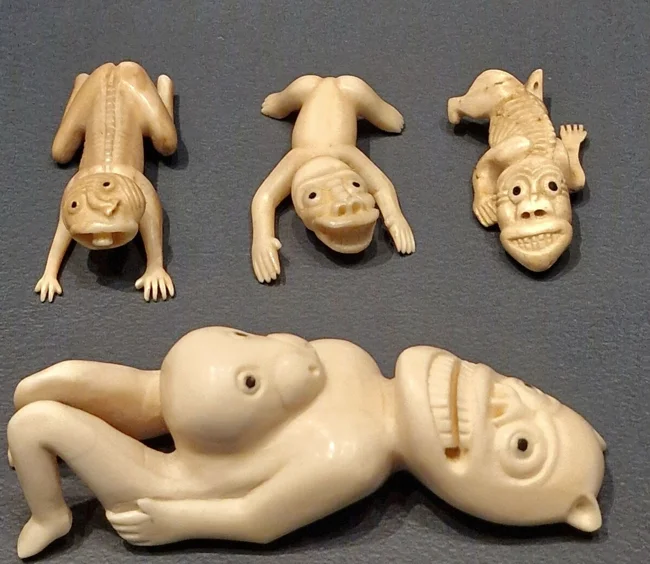
Then the shaman copulated with the tupilak and thereby revived it. Although many researchers believe that this is an incorrect translation. Most likely, this is an allegory about the transfer of power, and power is most often transferred through blood. That is, the shaman only had to sprinkle the tupilak with his blood.
The tupilak acted as a living curse: it looked for a victim and killed it. It was almost impossible to stop it - unless the shaman himself was weaker than his own magic. It was believed that if the enemy was stronger in witchcraft, he could redirect the tupilak back to the creator. In this case, the shaman himself became a victim. 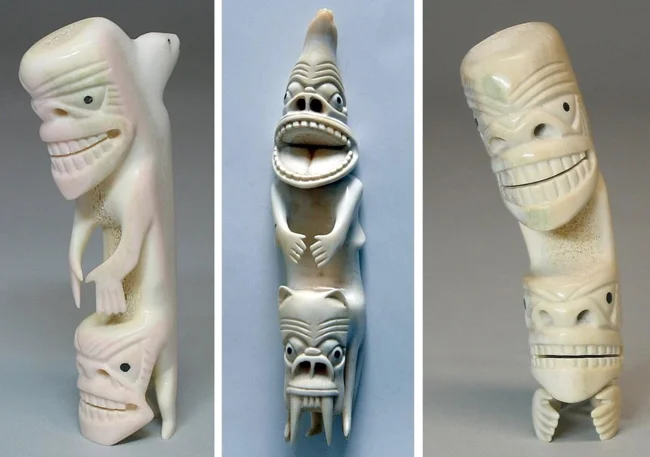
That's the legend. Where did the figurines come from? The story about the tupilak turned out to be easy to sell to tourists. These figurines have nothing in common with real ritual creatures - they are simply amulets and souvenirs carved from bone, wood or horn.
Tourists happily bought the strange figurines. Thus, a whole industry appeared in Greenland:).









